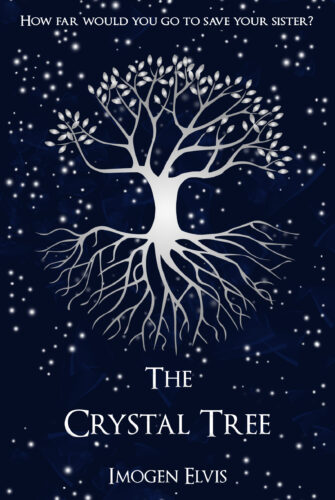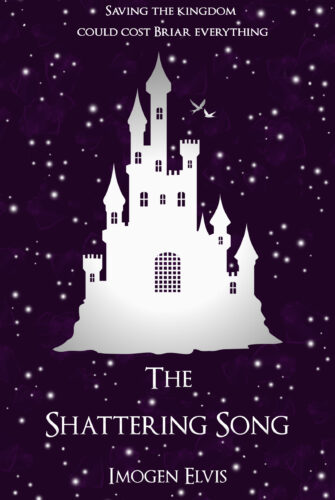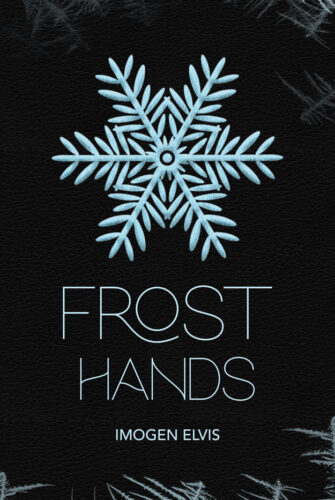I never used to like editing. It was always such a disappointment reaidng through the book I’d written with such heart and enthusiasm and realise that it was a mess. I drowned in frustration as I tried to sort out twisted sub plots and fill in cavernous plot holes. The whole experience was stressful and I hated every moment of it. There was nothing more exciting than finally finishing a round of edits and being able to soothe myself by writing something new.
But, the more I’ve edited, the more I’ve come to appreciate this part of the writing process. Yes, it can be infuriating to spend so long trying to fix the same plot holes over and over again, but at the same time, there’s something fascinating about seeing all the pieces falling into place, something soothing about smoothing out the language and seeing the book come to life. There’s a huge difference between reading an unedited first draft and reading something I’ve spent hours working on. It’s satisfying.
A huge part of learning to like editing has been about finding an editing process that worked for me. At the beginning, i tried everything. I read books about editing, searched blog post after blog post for tips. It’s such a process of trial and error. And the really surprising thing was that, when I did find my process, it was so much more orderly than I expected. I’m a pantser/discovery writer by nature. I don’t like plans and outlines. But when I edit, these things are essential.
My editing process is very personal, and it may not work for anyone else, but I thought I would share it today, if for no other reason than to prove that your editing process and your writing process can be completely different. You can be a pantser in the drafts and a planner in the edits. It’s not about sicking solely to one style. You’re free to mix and match until you find something that works for you. With that being said, here’s a brief overview of how I now edit my books.
- Every round of edits, whether it’s the first or last, starts with a complete read through of the book. While I’m reading, I take notes in a lined notebook of everything that stands out to me, from plot lines that go nowhere to character interactions that feel off, to clunky dialogue. I don’t limit myself in the sort of notes I can take.
- If this is a plot edit, I then go through the book again and create an outline of the plot so I can see the flow of events. This is also the point where I shuffle all my scenes around and figure out any new structure. At the moment I’m working on restructuring the entire beginning of one of my books, and the outline makes this a thousand times easier to do.
- Something else I’ve started doing more recently is also making a note of the purpose of each scene. Does it reveal something about the characters backstory? Communicate important story information, foreshadow a latter reveal? If the scene has more than one purpose, then it’s likely that the scene is necessary to the story.
- I also transcribe my handwritten notes into the outline document so I have all my notes in one place and can see all both the new plot structure and the changes I need to make at the same time. I also brainstorm through problems that have cropped up and make sure I’ve ironed out all the details in preparation for the edit proper.
- And after that, it’s time to edit. There’s a great deal of cutting and pasting and deleting of sections, and rewriting the majority of the words pretty much every time. But being a bit more organised means that every time I have to edit, I’m a little more efficient with my use of time. Turns out a little extra prep can be a huge help.
I definitely still find editing a challenge, but it’s no longer the frustration it used to be. I can appreciate the process of editing and polishing a book a lot more, and even look forward to each new round of work on a book, seeing it come from a rough draft to something I can really by proud of. And I owe a lot of this to finally having found my own editing process that makes edits feel manageable, and even fun. But this is just how I like to edit. Now I’d love to hear from you! What does your editing process look like? Do you enjoy editing, or is it a necessary evil? Let’s chat in the comments down below!
Liked this post? You should sign up to the blog. You’ll receive all my posts in your inbox as soon as they go live.












Great post!! I enjoy editing for others and enjoy the aftermath of editing for myself like you said ? Its hard and laborious, but it’s SO WORTH IT.
Sometimes I think editing for other people is more fun. I suppose because you don’t have the stress of doing the actual changes afterwards! The aftermath of editing is definitely the best bit. That warm glow of achievement. Mmm. Seeing everything come together is pretty awesome. Thank you so much for stopping by Abigayle!
That’s so awesome that you’ve found the right editing process for you!! I agree that it’s HARD but it can also be enormously satisfying. ?My process definitely involves lots of lying on the floor weeping into the void and then doing full rewrites. I tend to hit everything in one go? And then do like a separate line-edit-run-through after that. And I keep lists of what needs fixing all over my walls because I’m such a visual!
Haha, oh, I feel the weeping on the floor. Usually I do that and then someone else comes and fixes my plot hole for me, which is monstrously helpful. the benefits of having three younger sisters as enthusiastic about my books as I am. I am also 100% with you on hitting everything in one go. before I knew what worked for me, i read a lot about doing different editing passes for different things, like one for plot and one for character and one for dialogue. And it HURT leaving problems and messy things. So I tend to hit as much as I can in a go as well. I just want my books to be pretty. is it so much to ask?
I’ve learnt to love editing as well!
Writing your first draft is creating this big ball of clay while editing is what shapes it into a beautiful clay figurine – seeing all your hard work coming into goods shape is the best feeling ever!
So true! I love that image of a draft being a big ball of clay too. There’s just such satisfaction when you cut through all the mess and a smooth, beautiful story appears from rough beginnings. Like, what even is this magic?